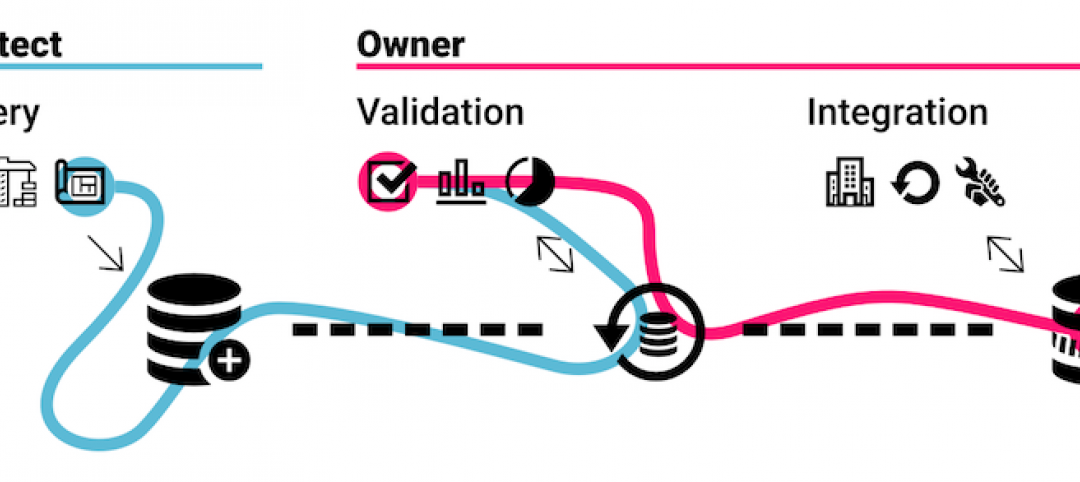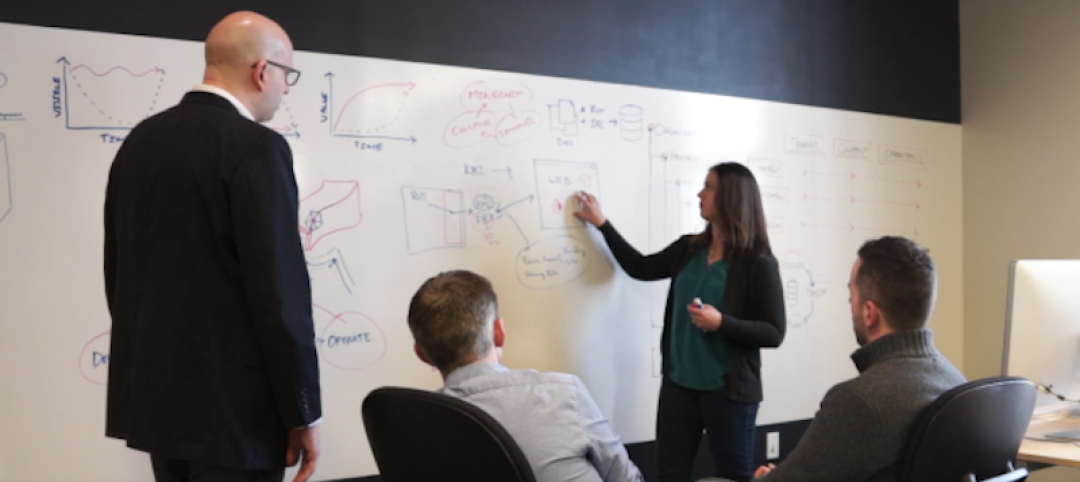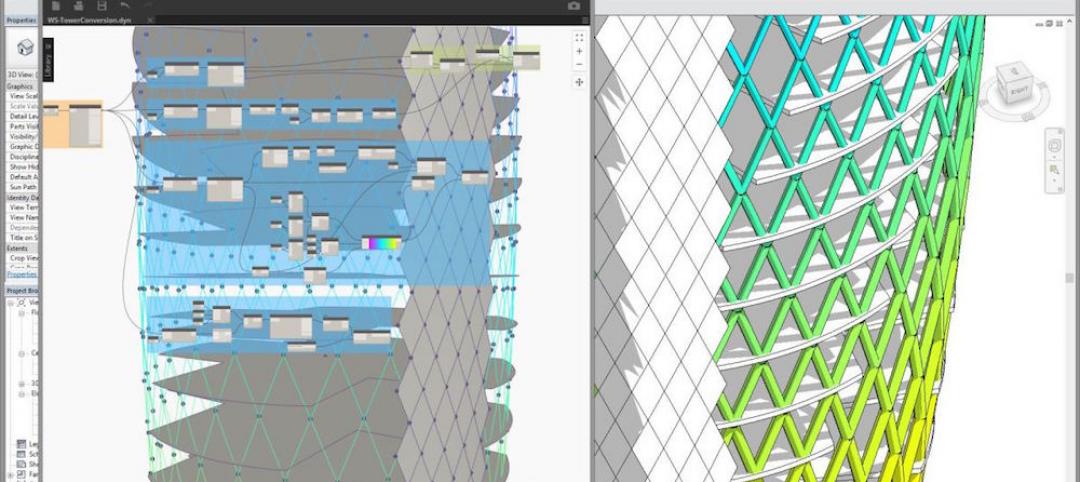As we approach the finish line for 2017, I continue to reflect on the state of the architecture and construction industry as I have in years past. As we contend with global issues of climate crises, labor shortages, and rising construction costs I believe that the world of architecture and construction is at an important pivot point amidst a time of disruptive technological advances.
At my core, I am a techno-optimist: I believe in the potential for new technology to positively impact the quality of the built environment with immense speed and great efficiency.
Simultaneously, I am also a realist: I also believe that we need to point a critical lens at the inevitable disruptions that will affect the future of work. At the center of many of these transformations will be digitization in the form of data-driven systems and “increasingly capable machines”. The construction industry will see transformations to supply chains that haven’t experienced disruption in decades. The construction workforce will be challenged to retool with new digital know-how. Industry professionals will see their work transform as data-driven automation helps them unpack complexity for new building solutions.
When presenting Proving Ground’s work, I am often asked something along the lines of: “is it possible to create a [tool workflow, etc] that will automate [x].” The question is usually related to technical feasibility alone. Most of the time, my answer is something along the lines of: “Of course, but is your [business, workplace, team] willing to accept it?”
The question of technical feasibility is often the easiest question to answer. Advances in technology have dramatically increased the number of things that can be reliably automated and outperform humans at the equivalent task. Recent estimates have shown that 45% of work activities could be automated using already demonstrated technology.
To take this a step further, if you believe that creative occupations – such as architectural design – are immune from these advances, think again: If we break down the task of design in our offices today, the amount of time spent on purely ‘creative’ and ‘automation immune’ activities is probably less than you think. Across the US economy, it is estimated that less than 4% of work involves creative activities, leaving a rather large opportunity for occupational disruption even within design professions.
So where does that leave architecture and the construction industry?
The technical reality does not necessarily equate to willingness to adopt or invest in a new capability. The cost of developing and deploying a new tool may prohibit a company from making the initial investment. After all, architecture and construction businesses operate on increasingly tight profit margins with less than 1% of revenues going towards research and development.
Furthermore, the current high demand for new technical skills, such as those of a BIM manager, may leave some business owners with sticker shock: A quick survey of salaries and job postings on Glassdoor.com shows that a BIM manager salary in the US is, on average, equal to or higher than that of a licensed architect.
The scarcity of high-demand skills can also contribute to slow adoption of advanced technical capabilities. In relation to BIM-specific skills, the UK-based Chartered Institute of Building (CIOB) published survey results citing concerns about the availability of BIM skills with “59% [of respondents] stating that the workforce does not have the skills needed to work with BIM and 78% see training as a core issue.”
As William Gibson succinctly put it: “The future is already here – it’s just not evenly distributed.” This means that even in the wake of emerging technological possibilities, today we still have a construction industry that continues to show flat productivity gains, rising costs, late projects, and immense waste. Indeed, moving the needle to transform a 1-trillion dollar construction industry (US) is no easy task.
I feel very fortunate that Proving Ground has been able to play a part, however modest, in contributing to this future: in the last year we have helped companies datafy their building assets, worked with business leaders to define new job roles, consulted with manufacturers to change operational processes, introduced new digital skills to workers, and have created automation tools to support professional experts.
This work will continue in 2018 and we look forward to working with many friends and collaborators along the way… and we have a long way to go
More from Author
Proving Ground | Apr 14, 2021
Business intelligence: 5 drivers for adoption in architecture and construction
This article will explore some of the drivers for how BI is finding successful adoption among architects, engineers, contractors, and owners.
Proving Ground | Oct 8, 2020
4 challenges of realizing BIM's value for an owner
In recent years, we have found our consulting practice engaging more and more with owners that are questioning the value of BIM and how they can make use of potentially data-rich BIM assets.
Proving Ground | Mar 24, 2019
5 ways designers and builders can use business intelligence with data they already have
Tricky construction budgets, large project teams, and unique designs needing extensive coordination are all problems increasingly being handled with new software tools and data.
Proving Ground | Aug 21, 2018
Five habits that are keeping your digital strategy from working
Strategies are always created with the best of intentions for improving business, the effort involved in executing the strategy – especially ones involving disruptive digital capabilities – is greatly underestimated.
Proving Ground | Oct 6, 2017
How professional bias can sabotage industry transformation
Professional bias can take the form of change-resistant thinking that can keep transformational or innovative ambitions at bay. Tech consultant Nate Miller presents three kinds of bias that often emerge when a professional is confronted with new technology.
Proving Ground | May 24, 2017
Data literacy: Your data-driven advantage starts with your people
All too often, the narrative of what it takes to be ‘data-driven’ focuses on methods for collecting, synthesizing, and visualizing data.
Proving Ground | Feb 16, 2017
Positioning computational designers in your business: 4 things to consider
There appears to be very little industry consensus as to what a ‘computational design’ position actually means in a business setting.
Proving Ground | May 9, 2016
3 things to consider for computation in the business of design
In creating a roadmap for computation, Proving Ground's Nathan Miller likes to consider investing in the right people, incorporating a range of skillsets, and defining the business value.
Proving Ground | Apr 15, 2016
Should architects learn to code?
Even if learning to code does not personally interest you, the growing demand for having these capabilities in an architectural business cannot be overlooked, writes computational design expert Nathan Miller.














